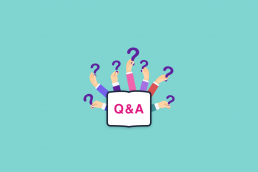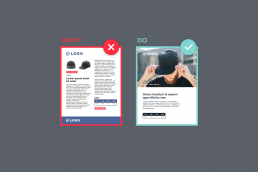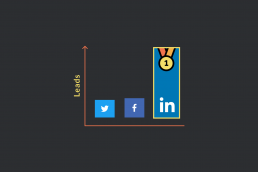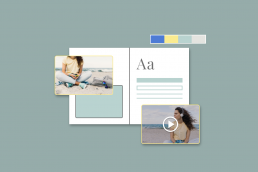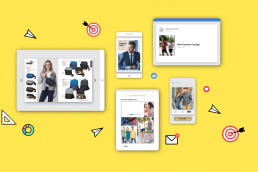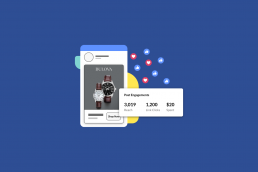The Top 29 Digital Catalog Questions Answered
We answered ALL the questions we get ALL the time from promotional product suppliers about their digital catalogs and flyers.
5 Killer Mistakes to Avoid with Your Promotional Products Catalog
Instead of falling victim like some, we’re here to bring you the 5 Catalog Killers you can avoid when crafting up your next digital…
July Marketing Planner: Build Awareness
With a looming cloud over the coming months, distributors need to start working now to build the awareness needed to continue to succeed in…
Design Tip #6 – Design A Winning Catalog Cover
A well-planned catalog cover is often underestimated. Being the first impression, a catalog cover holds a lot of power - it can drive a…
How To Build Awareness on LinkedIn
Check out this helpful walkthrough on how to start sharing digital catalogs on LinkedIn to increase your awareness with potential…
Design Tip #5 – Catalog Design Trends
There is no denying that COVID-19 has propelled the entire Promotional Products industry into the digital world faster than we all could…
The Complete Guide to Digital Catalogs
As a team of digital creators who love to empower suppliers like you, we’ve decided to break down everything you need to know about…
June Marketing Planner 2020
School and Sports, that’s all we are thinking about right now. As the summer continues, we’re looking ahead at the post-pandemic fall of…
How To Get More Customer Leads Using Facebook Ads
There is no better time than now to push your products. With a 47% increase in broadband usage, everyone is online and eager to open their…
ZOOMacademy Preview: Your brand’s visual identity – Color
Straight from ZOOMacademy, this design tip looks at your brand’s visual identity and the role color plays.
How To Pad Your Bank Account With Comprehensive Merch Programs
Park Roberts didn’t set out to build the next globo-gym or fitness empire. He wanted a place people could come and workout without judgment…
Industry Spotlight: The Promotional Products Industry before, during, and—eventually after—the Coronavirus.
The last few months have been quite different. We’ve all been inside, trying to maintain normalcy and routine, while we continue to push…

